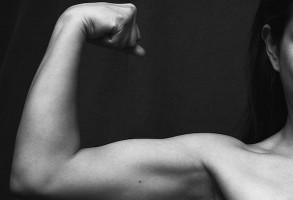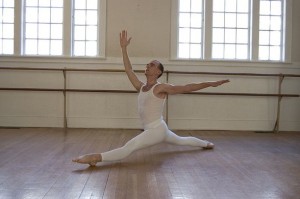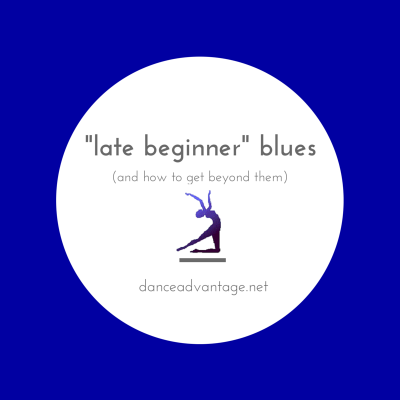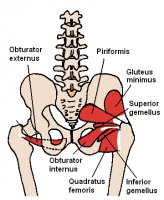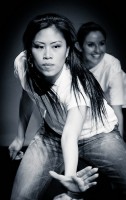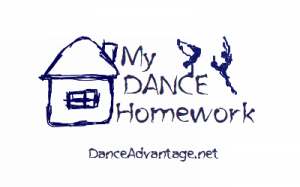Since dance is the art of motion, in order to become a proficient dancer one must understand how the body moves from the inside; how the muscles and bones work to leap, turn, kick, stretch and fold. A pretty sophisticated idea for a young dancer. Since learning is a layered experience, introducing the concepts of anatomy now will allow them to build upon this foundation in the future.
Technique
Is It Okay To Stretch Before Dance Class?
If you are stretching with the goal of long-term changes in your flexibility (for example, you can’t do the splits and would like to), save your stretching routine for after class or between barre and center when your muscles are “warm.” Generally speaking, both of the stretching techniques above have acute (short-lasting) effects on your range of motion before activity, but don’t really increase your overall flexibility.
“Late Beginner” Blues And How To Get Beyond Them
Possibly the worst thing dancers can do when there is a strong desire to improve is make negative comparisons of themselves to other dancers. Sometimes comparisons help us create a realistic picture and provide awareness of where we are and where we still have to go. However, comparisons must stop there.
What You Mean, What You Say: Get Up On Your Leg
“Get up on your leg”… Teachers have a habit of saying this when students are “sinking” into their supporting leg while balanced on one leg. How can you correct a sinking hip and what are some ways to rephrase this common dance teacher-ism.
The Truth About Well-Rounded Dancers
Experience and exposure in a variety of dance styles is important for creating versatile dancers and may even be a necessity for aspiring professionals. Being well-rounded in dance is a good thing. Exposure to different dance forms, starting at a young age, is a great thing. So where’s the myth? It lies in the misplaced emphasis on experience and omission of training.
My Dance Homework: Toe Sit-Ups
[VIDEO] A simple exercise for dance students to do while sitting around. “Toe Sit-ups” encourage awareness and articulation of (or working through) the foot for tendu and pointing. They also strengthen the plantar flexors for pointe work, stability and balance, cushioning landings, and giving power to jumps.

